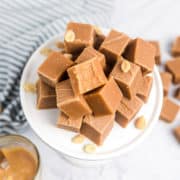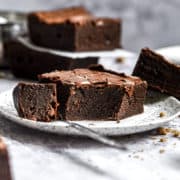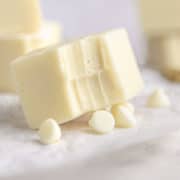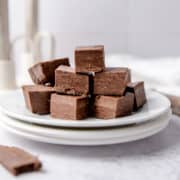Scallions are used all over the world to add flavor to various dishes. Anything from soup to salad, stir-fried dishes, appetizers, and more can be flavored with them.
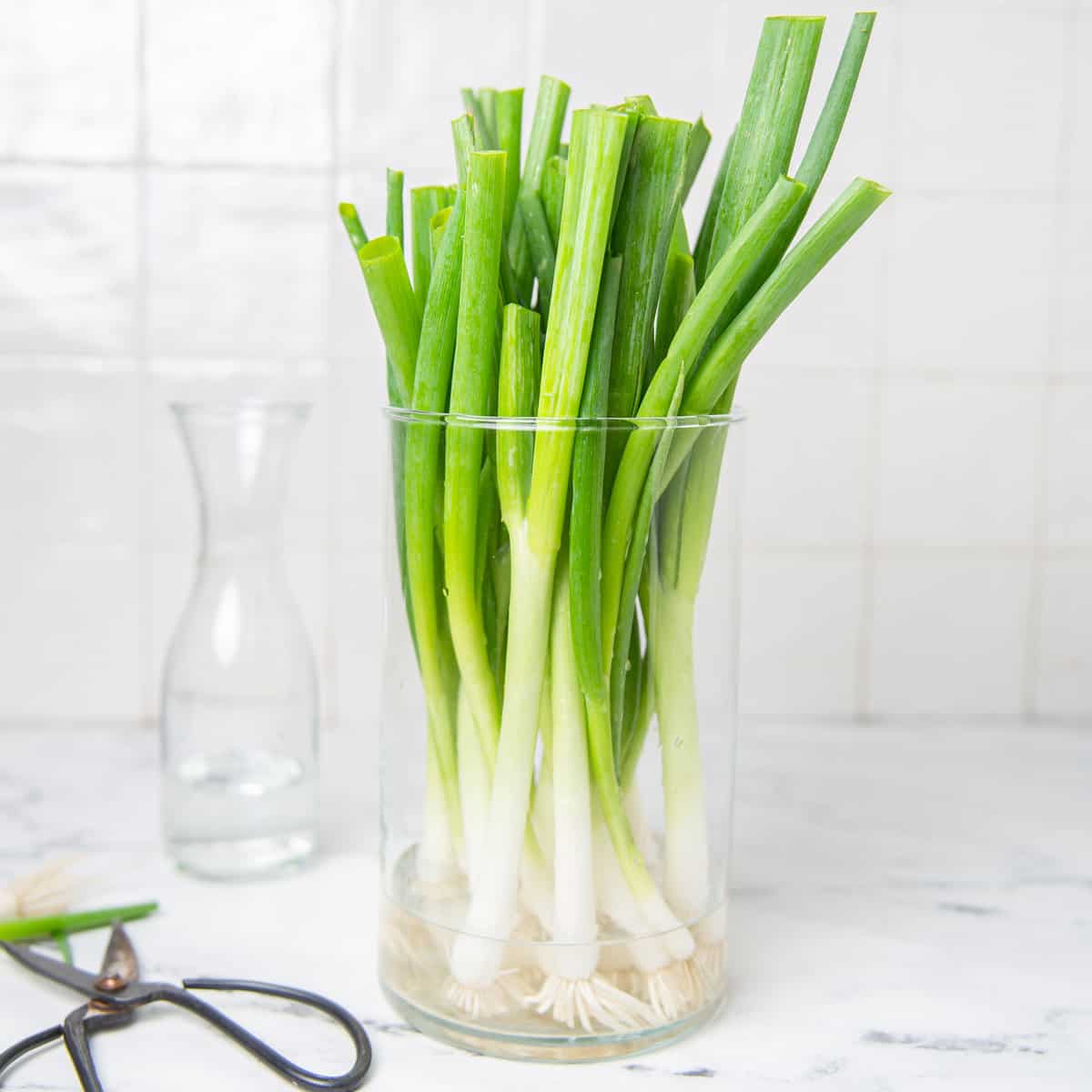
Jump to:
These young onions are grown year-round, and found in almost every grocery store. Once you know how to store scallions to keep them fresh, you will want to include them in more meals.
I love making egg puffs and using more than one type of onion, to boost flavor dimension. You can usually swap the yellow onion in a recipe for scallions if you prefer a milder onion flavor in the finished dish or if you are out of yellow onions and only have the scallions. And if you've never tried the Korean kitchen favorite known as scallion pancakes, you really should!
What are Scallions?
Scallions (Allium Genus), also known as spring onions, green onions, salad onions, table onions, long onions, and wild onions, are in the allium family, which includes garlic, leeks, and other kinds of onions.
They have long, thin green stalks with a little white bulb at the base. As well as making a popular garnish, they are sometimes added to recipes for flavor and crunch.
Enjoy them cooked or raw, and in varied cuisines including Mexican and Asian recipes. A good source of antioxidants and fiber, as well as Vitamins C and K, scallions offer a milder flavor than many other onion varieties. Some recipes call for the white part, some for the green part, and some for both.
How to Choose the Best Scallions
Whether you know them as scallions or green onions, it's well worth knowing how to select the freshest so you will be able to store them for longer before they spoil. A bunch of green onions or scallions should have bright green, healthy-looking leaves, without any wilting or slime.
The white bulbs should be unblemished. The skin that covers the white bulb might be white or somewhere between red or pink and white - either one is fine. The bulb might be straight or thicker than the stalk - again, either way, is fine.

How to Store Scallions
Knowing how to store scallions means you will always have some on hand to use in recipes. They don't stay fresh as long as other types of onions do, so let's take a closer look at the best way to store them. They will last more than a couple of days when stored right.
- Fill a tall glass or similar tall container with an inch of water or a couple of inches of water, and put the fresh green onions, or scallions upright in the cold water, root end down in the mouth of the jar. Put a sandwich bag or plastic bag over the stalks and they should be fine for up to a week in the refrigerator. The green onions root-side down will taste okay after a week but will have started to get mushy. You don't need much water for this storage method but do change it when needed for the best result.
- The jar of water method works well, but there is an alternative. Another storage method is keeping the scallions in the rubber band they came in or discarding it, loosely wrapped in a damp paper towel and then a perforated plastic, in the crisper drawer of the fridge.
- Nobody likes food waste, so if you have too big a bunch of scallions to use within a few days, you can freeze them. Clean them by soaking them in a mixture of one part vinegar to every five parts water. Rinse them after a few minutes then chop them into ¼-inch pieces and freeze them in an airtight container or freezer bag. You can add them still frozen to dishes and they will thaw and cook quickly. Frozen scallions should be good for a long time - up to a year.
Although regular onions prefer to be kept at room temperature, scallions do better when refrigerated, so if you have space in the fridge, keep them in there. The reason behind this is scallions are root vegetables, like leafy greens, so they will spoil fast at room temperature.
How to Identify Spoiled Scallions
When rotten, scallions might look or smell bad, or you might see a little water in the packaging. They might look slimy or very wilted, and might even have visible mold. Throw them out if you're in any doubt about their freshness.
Common Questions
While the white part is the root and offers a distinct onion taste, the green part is the stalk and offers a much milder flavor. The green part is often used as a garnish, while the white part usually goes into the recipe to add an onion taste.
Yes, you can, but bear in mind shallots are sweeter as well as stronger in taste, so you might want to use a smaller amount.
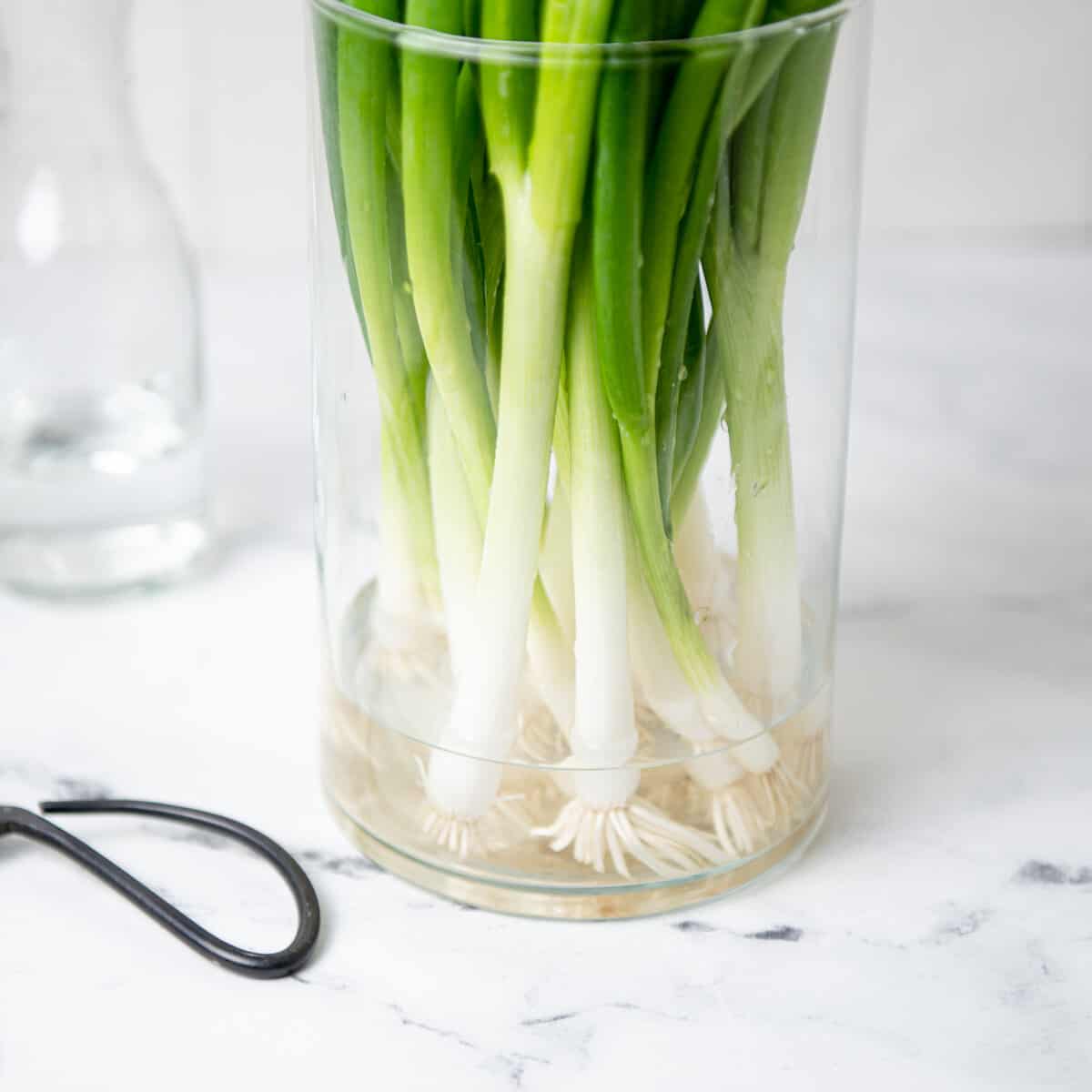
Interesting Facts about Scallions
- Although "cebollitas" - a scallion variety with big, bulbous bottoms - are used in Latin American recipes, the straight kind where the green and white parts of the scallion are the same thickness is more typical outside of this region.
- If you keep scallions in cold or room temperature water, you might see they begin to sprout roots. This is perfectly normal and you can simply trim and discard the roots before using the scallions.
- Scallions have a special affinity with cheese - try them in your next grilled cheese sandwich!
Knowing how to store scallions means you can keep them fresh for longer. Scallions are versatile and used in many different dishes and cuisines.





